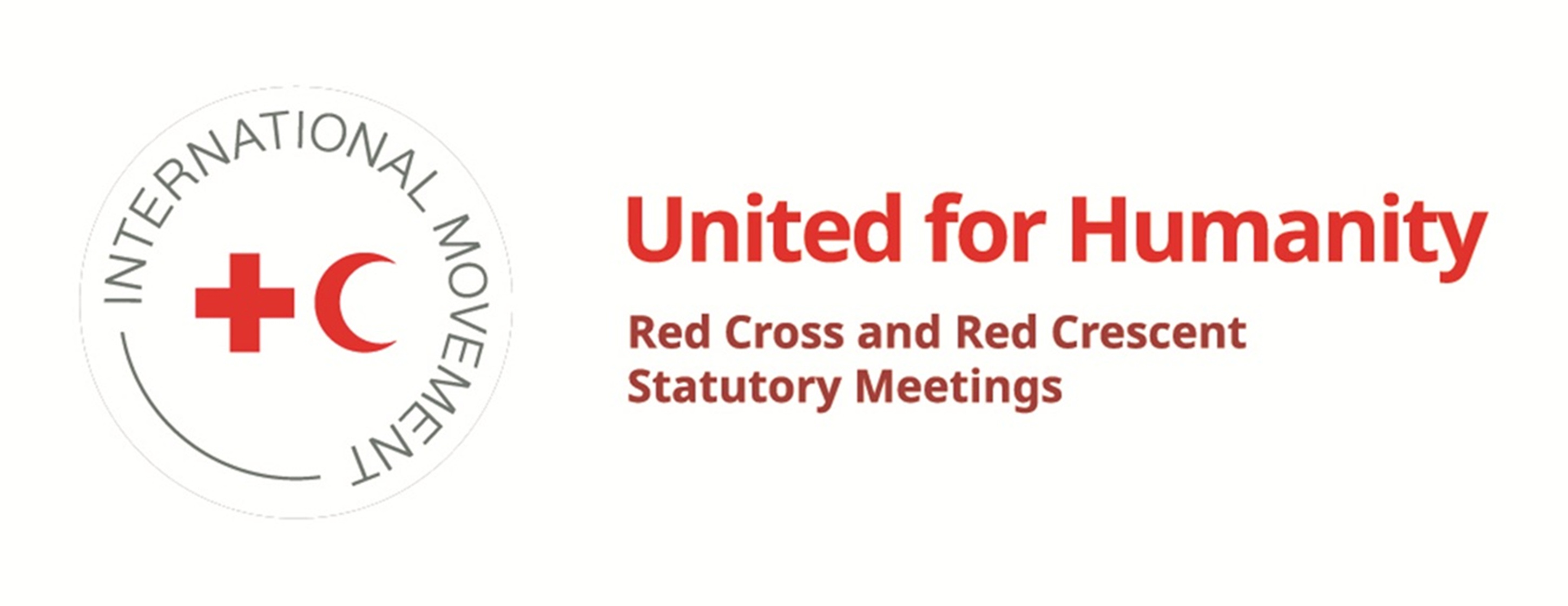Connectivity and data protection
Connectivity is the ability to remain connected to others using digital or analogue technology. In an emergency it is vital to be able to contact friends or family, wherever they are, and to get relevant, up-to-date information about what’s happening. Without connectivity, it is hard – often impossible – to communicate with others or share information. This can make it extremely difficult for crisis-stricken people to locate or access basic services such as health or education, to get in touch with their family and friends, or to find the information they need for making decisions – information which, in some cases, could save their lives. Connectivity is key to providing assistance and building resilience, and it is crucial to developing innovative solutions and to the ongoing transformation of humanitarian assistance.
These days, connectivity is often essential. During emergencies, however, infrastructure is often damaged and telecom networks break down, leaving people unable to access up-to-date information or to contact their loved ones. That is why several humanitarian organizations increasingly view information as a form of aid and provide Wi-Fi hotspots, SIM cards, phones and various kinds of infrastructure to help re-establish connectivity. It is important to bear in mind, however, that the people in each particular crisis will have different needs. How they use connectivity, and who can monitor their use of it, will also vary from one situation to another. Humanitarian efforts to re-establish connectivity therefore need to take digital responsibility, digital literacy and digital inclusion into account.
In providing connectivity, humanitarian organizations increasingly rely on third parties such as telecommunications companies. This raises the question of who has access to the data generated (e.g. user ID, call patterns, frequency of use, etc.) and what they do with them. In principle, data collected for humanitarian purposes should not be used for non-humanitarian purposes. Humanitarian organizations therefore have a duty to ensure that the data they collect are properly protected from unwarranted surveillance.
Surveillance can be lawful or unlawful depending on whether the person or organization accessing the data has a right to it and uses it for a legitimate end (such as law enforcement). States, however, have different rules on who can access what data, and under what circumstances, while humanitarian organizations and their partners (such as telecommunications companies) may operate in a range of different States. This makes it very difficult for humanitarian organizations to ensure that the data they collect are not used for non-humanitarian purposes, with potentially devastating consequences.
That is why, at the 33rd International Conference, the Red Cross and Red Crescent Movement is pushing for better, more thorough protection of humanitarian data.
These days, connectivity is often essential. During emergencies, however, infrastructure is often damaged and telecom networks break down, leaving people unable to access up-to-date information or to contact their loved ones. That is why several humanitarian organizations increasingly view information as a form of aid and provide Wi-Fi hotspots, SIM cards, phones and various kinds of infrastructure to help re-establish connectivity. It is important to bear in mind, however, that the people in each particular crisis will have different needs. How they use connectivity, and who can monitor their use of it, will also vary from one situation to another. Humanitarian efforts to re-establish connectivity therefore need to take digital responsibility, digital literacy and digital inclusion into account.
In providing connectivity, humanitarian organizations increasingly rely on third parties such as telecommunications companies. This raises the question of who has access to the data generated (e.g. user ID, call patterns, frequency of use, etc.) and what they do with them. In principle, data collected for humanitarian purposes should not be used for non-humanitarian purposes. Humanitarian organizations therefore have a duty to ensure that the data they collect are properly protected from unwarranted surveillance.
Surveillance can be lawful or unlawful depending on whether the person or organization accessing the data has a right to it and uses it for a legitimate end (such as law enforcement). States, however, have different rules on who can access what data, and under what circumstances, while humanitarian organizations and their partners (such as telecommunications companies) may operate in a range of different States. This makes it very difficult for humanitarian organizations to ensure that the data they collect are not used for non-humanitarian purposes, with potentially devastating consequences.
That is why, at the 33rd International Conference, the Red Cross and Red Crescent Movement is pushing for better, more thorough protection of humanitarian data.
Resources
IFRC Data Playbook (toolkit)
IFRC Data Blog (lessons, best practices, products/services, podcasts, training)
IFRC, Transformation 6: Undergoing a digital transformation (2019)
Tina Bouffet & Massimo Marelli, The price of virtual proximity: How humanitarian organizations’ digital trails can put people at risk (07.12.18)
ICRC and Privacy International, The humanitarian metadata problem: “Doing no harm” in the digital era (October 2018)
Gus Hosein, Protecting the digital beneficiary (12.06.2018)
ICRC and Brussels Privacy Hub, Handbook on Data Protection in Humanitarian Action (July 2017)
IFRC Data Blog (lessons, best practices, products/services, podcasts, training)
IFRC, Transformation 6: Undergoing a digital transformation (2019)
Tina Bouffet & Massimo Marelli, The price of virtual proximity: How humanitarian organizations’ digital trails can put people at risk (07.12.18)
ICRC and Privacy International, The humanitarian metadata problem: “Doing no harm” in the digital era (October 2018)
Gus Hosein, Protecting the digital beneficiary (12.06.2018)
ICRC and Brussels Privacy Hub, Handbook on Data Protection in Humanitarian Action (July 2017)




